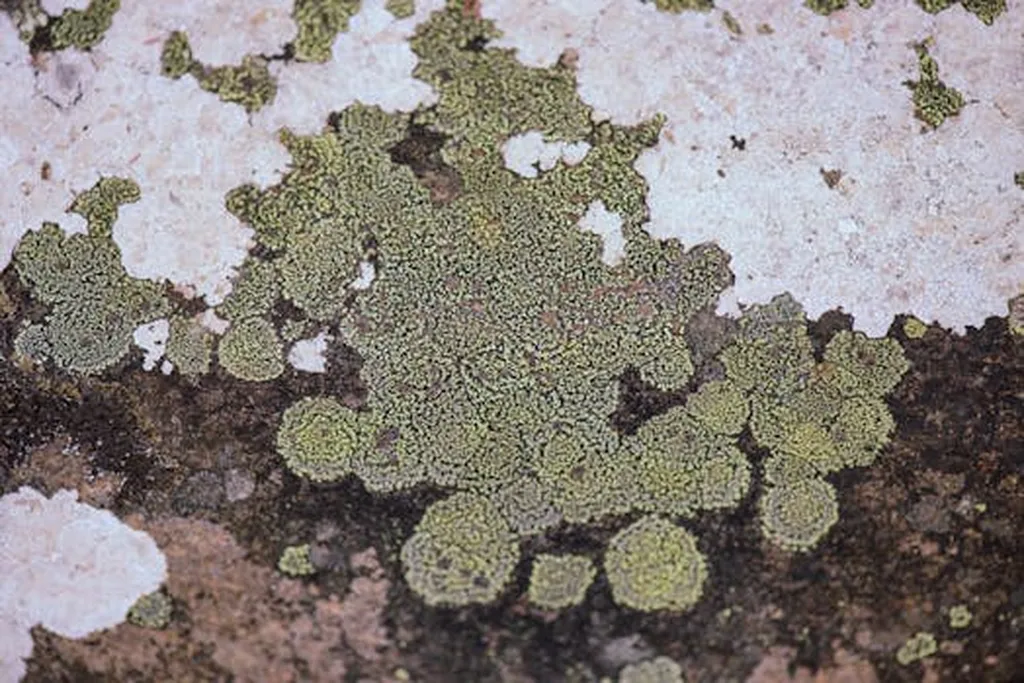In the relentless battle against antibiotic-resistant bacteria, scientists are turning to nature’s own defenses for inspiration. A recent study published in the journal ‘Sci’ (Scientific Reports) has uncovered promising antimicrobial properties in the extracts of *Fomitopsis pinicola*, a type of fungus commonly known as the red banded polypore. The research, led by Olga Bragina from the Department of Chemistry and Biotechnology at Tallinn University of Technology in Estonia, suggests that this unassuming fungus could hold the key to tackling some of the most stubborn bacterial infections, including those caused by *Borrelia burgdorferi*, the pathogen responsible for Lyme disease.
The study explored the antioxidant, antibacterial, and cytotoxic properties of extracts derived from the submerged cultivation of *F. pinicola*. The fungus was grown in both synthetic and lignocellulosic media, and four extracts were obtained using hot water and 80% ethanol. These extracts were then analyzed for their bioactive compounds, revealing a rich array of flavonoids, alkaloids, and polyphenols.
The results were striking. All extracts demonstrated dose-dependent antioxidant activity, with IC50 values ranging from 1.9 to 6.7 mg/mL. When tested against a panel of bacteria, including some of the most notorious ESKAPE pathogens, the extracts showed significant antibacterial activity. *Klebsiella pneumoniae*, a bacterium known for its resistance to multiple antibiotics, was particularly sensitive to the L2 extract, which produced an inhibition zone of 15.33 ± 0.47 mm. The strongest bactericidal effect was observed against *Acinetobacter baumannii*, with the minimum bactericidal concentration (MBC) as low as 0.5 mg/mL for the L1 extract.
Perhaps most notably, the extracts showed a significant reduction in the viability of stationary-phase *B. burgdorferi* cells. The L2 extract, in particular, reduced viability to just 42 ± 2% at a concentration of 5 mg/mL. The extracts also demonstrated the ability to decrease biofilm mass, with the S2 extract showing the most pronounced effect.
“These findings are particularly exciting because they suggest that *F. pinicola* extracts could be developed into natural antimicrobial agents,” said Bragina. “Given the rise in multidrug-resistant bacterial strains and persistent infections, the need for novel antimicrobial agents is more pressing than ever.”
The study also assessed the cytotoxicity of the extracts on mammalian cells, using NIH 3T3 and HEK 293 cell lines. The results showed minimal effects on NIH 3T3 cells, with slight toxicity observed in HEK 293 cells for the S2 and L1 extracts. This suggests that the extracts have a favorable therapeutic window, with potential for further development as safe and effective antimicrobial agents.
The commercial implications of this research are substantial. With the energy sector increasingly turning to bio-based solutions for sustainable and efficient operations, the discovery of natural antimicrobial agents could revolutionize infection control in industrial settings. From oil and gas facilities to renewable energy installations, the risk of bacterial contamination is a constant challenge. The development of *F. pinicola*-based antimicrobial agents could provide a powerful tool for maintaining equipment integrity and ensuring operational safety.
Moreover, the use of lignocellulosic media for the cultivation of *F. pinicola* opens up possibilities for sustainable and cost-effective production. By utilizing agricultural waste and byproducts, the process could contribute to a circular economy, reducing waste and minimizing environmental impact.
As the world grapples with the growing threat of antibiotic resistance, the findings of this study offer a glimmer of hope. The exploration of natural sources for antimicrobial agents is a promising avenue for research, and *F. pinicola* extracts are a testament to the potential that lies in nature’s own defenses.
In the words of Bragina, “This research is just the beginning. The next steps involve further characterization of the bioactive compounds and the development of targeted delivery systems to enhance their efficacy. We are optimistic that *F. pinicola* extracts could play a significant role in the fight against resistant infections.”
With the publication of this study in ‘Sci’, the scientific community is one step closer to unlocking the full potential of *F. pinicola* and harnessing its power to combat some of the most challenging bacterial infections. As the energy sector continues to seek sustainable and innovative solutions, the discovery of natural antimicrobial agents could pave the way for a safer and more efficient future.

